Newsblog
... we experienced a pod of Orcas patrolling along the coast very close to the beach. These particular moments were certainly among our most exciting ones during the whole trip. We had a pretty exhausting day with constant heavy storm (which damaged the front door of our car), hard rain, sand storms and way too long gravel roads. We were caught in the car for several hours vainly hoping for the weather to get a little better. But since we knew that the best time to spot the Orcas will be in the evening, we just put on all our rain gear and hiked down to the coast. And just about 30 minutes later we witnessed the whales passing by right infront of us and once more we instantly forgot all the efforts, because they were so much worth it. And to our extra pleasure the rain finally stopped and the skies cleared up a bit as you could see on the previous picture and we could observe the Orcas in the distance for some more hours until the night fell in.
Wild roses where in full bloom all over the place and the always quickly changing weather conditions offered some exciting sceneries.
Chaltén - Patagonia part IV
Thursday, 23 February 2017
As I wrote in my first Patagonia-posting, we were forced to visit Argentina‘s Los Glaciares National Park first, before we could hike in Chile‘s Torres del Paine National Park. After traveling to the lovely townlet of El Chaltén we could start our very first hikes of the trip in the mountains around this area. So our first real Patagonian experiences already started with one of the world‘s probably most stunning mountain ranges. Actually I‘m no mountain addict, but this summits are jaw-dropping beautiful and they just leave you standing there as a dwarf in awe and humility. In this blog entry I would like to show you some images of this impressive peaks surrounded by inspiring wilderness.
Canon EOS 7DII, Sigma 120-300mm F2,8 DG OS HSM Sports, handheld
f3.5, ISO160, 1/1000sec., 120mm
It’s not often to see an ibex beside a tree, because they actually live above the tree line.
It started raining as I was out that morning looking for birds in the Neusiedlersee-Seewinkel National Park. So I sat down under a tree to wait a little bit as this deer suddenly approached in the high meadow. It often amazes me, how close you can get to even very shy animals when you just completely stop moving.
I don’t know what happened to this one, but it looked very photogenic to me. Maybe this flower is already fading away.
Whenever we turned our heads in the direction of the sun …
Canon EOS 50D, EF 100-400mm f/4.5-5.6L IS USM, handheld
f5.6, ISO400, -1EV, 1/200sec., 400mm
As soon as I pushed the shutter for this 30 sec. exposure this amazing falling star made its final show right beside the milky way. On the one hand I was extremely lucky with this meteor appearing already on my first image, on the other hand I haven't set up everything properly at this moment, especially the focus wasn't adjusted 100%. Nevertheless I’m happy with the result.
Finally I would like to kindly point to my new categories
Prints and
Workshops on this website again. I still invite you to check them out. Take care and see you soon!
You can find moss and lichen almost everywhere in Norway.
… before the night falls in peacefully and the stage is ready for the fire flies.
I find they look pretty mystic in this pose. Taken also with my eyes closed. Otherwise I think I would have gone blind.
Disappearing into the woods long before the sun finally rises.
Also all these images were taken either at the Danube Floodplains National Park or the Carinthian part of the High Tauern National Park. Hope you liked them, have a good one everybody!
Just a rather invisible grey silhoutte in a grey surrounding. Hardly to see and almost impossibel to set the focus.
Still in love part I
Thursday, 29 June 2017
Long time no see. Mostly I just cannot arrange that time of the year with writing blog posts ;) ... this spring I did some more trips to Lake Almsee, because after my first visit this year, I really fell in love with this place again. Although I've been there already very often. It's actually a little photographers paradise because it offers so many different very photogenic subjects and it also provides very lovely conditions most of the time. Of course there is the extremely charismatic lake itself and the stunning backdrop of the mountain range showing the Totes Gebirge ("dead mountain range"), but that's just the main eye catchers. Along the shores of the lake you can find numerous wonderful dead and alive trees, fields of reed and other swamp-liking plants. You can hear the rutting red deer bulls in autumn, there are chances to spot a red fox from time to time, you will find narcissuses in late spring and there are quite a lot of different water birds like grebes, ducks, swans, herons and kingfishers on the lake which all fit so well into this mostly untouched scenery. And last but not least there's the fog which occurs almost every night there and when it scatters in the morning and reveals the mountains and trees or when it's lit up by the first rays of the rising sun it's just magic. So one can easily take completely different landscape, wildlife and detail shot in great conditions during three hours. ... enough of that now, let's continue whith some images ;) Today I will show a few landscape impressions and later I will dedicate a second set of images to some of the birds I encountered there.
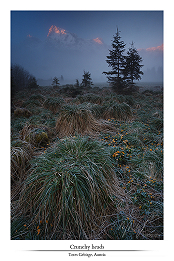
Although the whole scenery looks quite gorgeous, it has its down sides too, of course. A Caracara feeding on a penguin chick.
Another view into the valley of Rio de las Vueltas.
Canon EOS 5DII, EF 24-105mm f/4L IS USM, handheld
f6.3, ISO1600, -2EV, 1/200sec., 45mm
The weather can change very quickly up there. Even in May there can be heavy snow fall.
The first evening there and I was already happy.
There are just a few very small locations in Upper Austria, where pasque flowers can be found.
When the trees are on fire.
But at least the use of a polarizer during a rainy day can bring out the rich colors of early summer.
An ibex close to the edge as the sun comes up and gently touches Mount Großglockner.
Only bad weather is good weather ;) Stitched panorama of five shots. And accidentally I came super close to also capture a lighting bolt in this image.
That's actually what the seashore nearby Cabo dos Bahias is made of. Colorful stones and other treasure like those you can find in Central Europe in gumball machines. Of course this image shows an arrangement I made, but it only took me about five minutes to collect all these stones and shells.
The sighting of the Orcas is for sure one of our wildlife highlights we could experience so far. But we had another even more exciting encounter in Patagonia. A little more on that in my next and last Patagonia entry ;)
Actually I was just shooting this wonderful tree, as a Patagonian Sierra Fich suddenly appeared and took a seat on one of the branches. Without changing my camera settings, I just pressed the shutter and actually got this very lively guy rather sharp with an exposure time of a 1/6 sec.
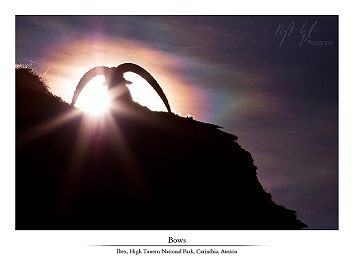
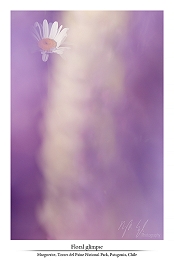
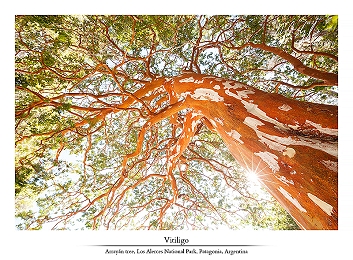
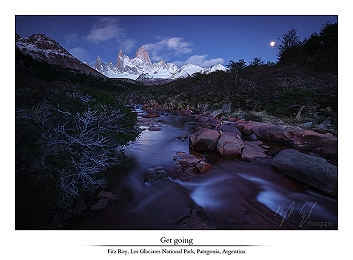
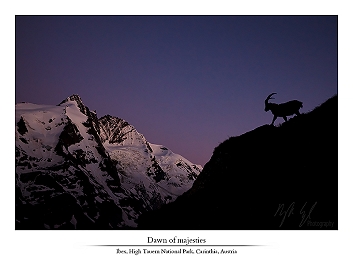
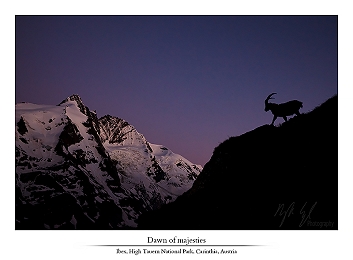
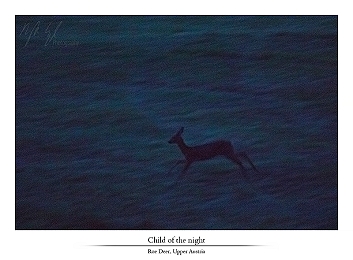
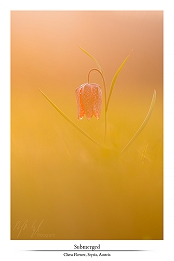
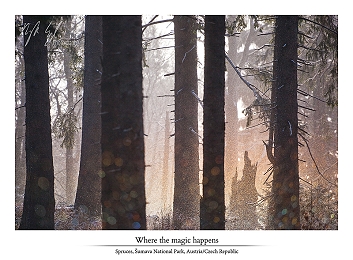
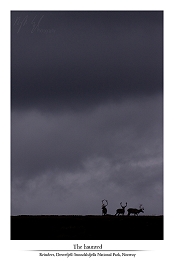
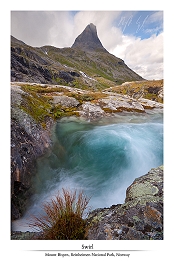
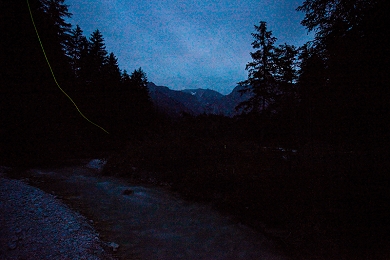
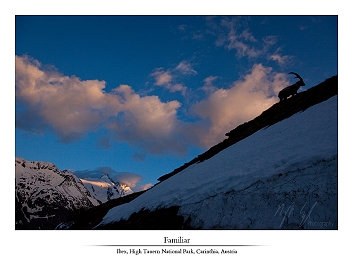
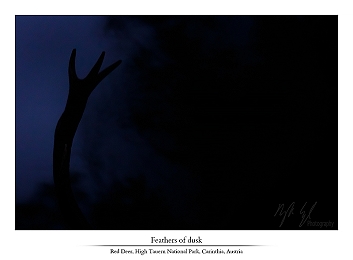

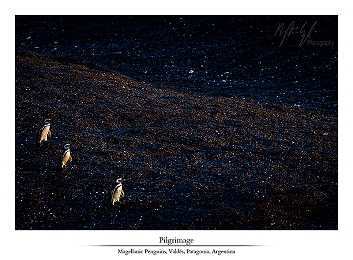
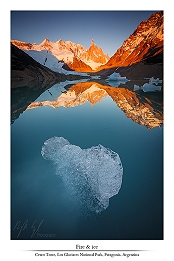
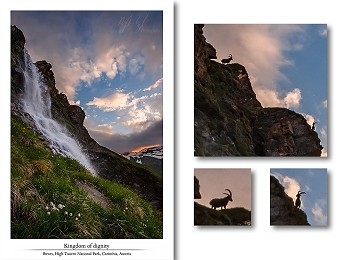
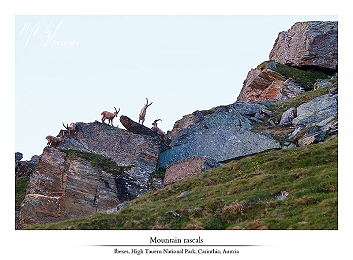
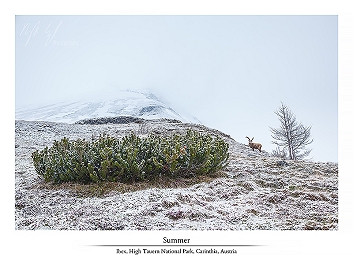
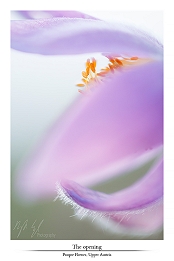
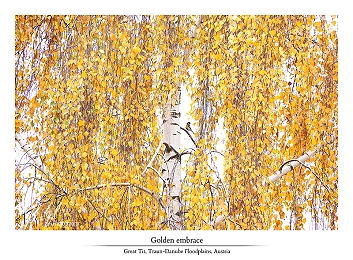
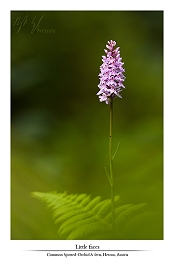
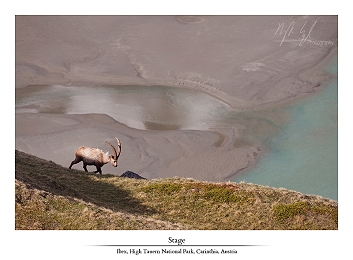
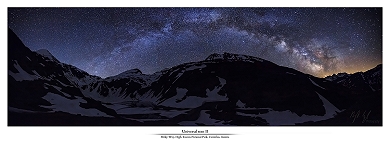
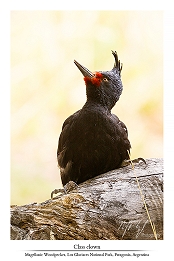
RK on